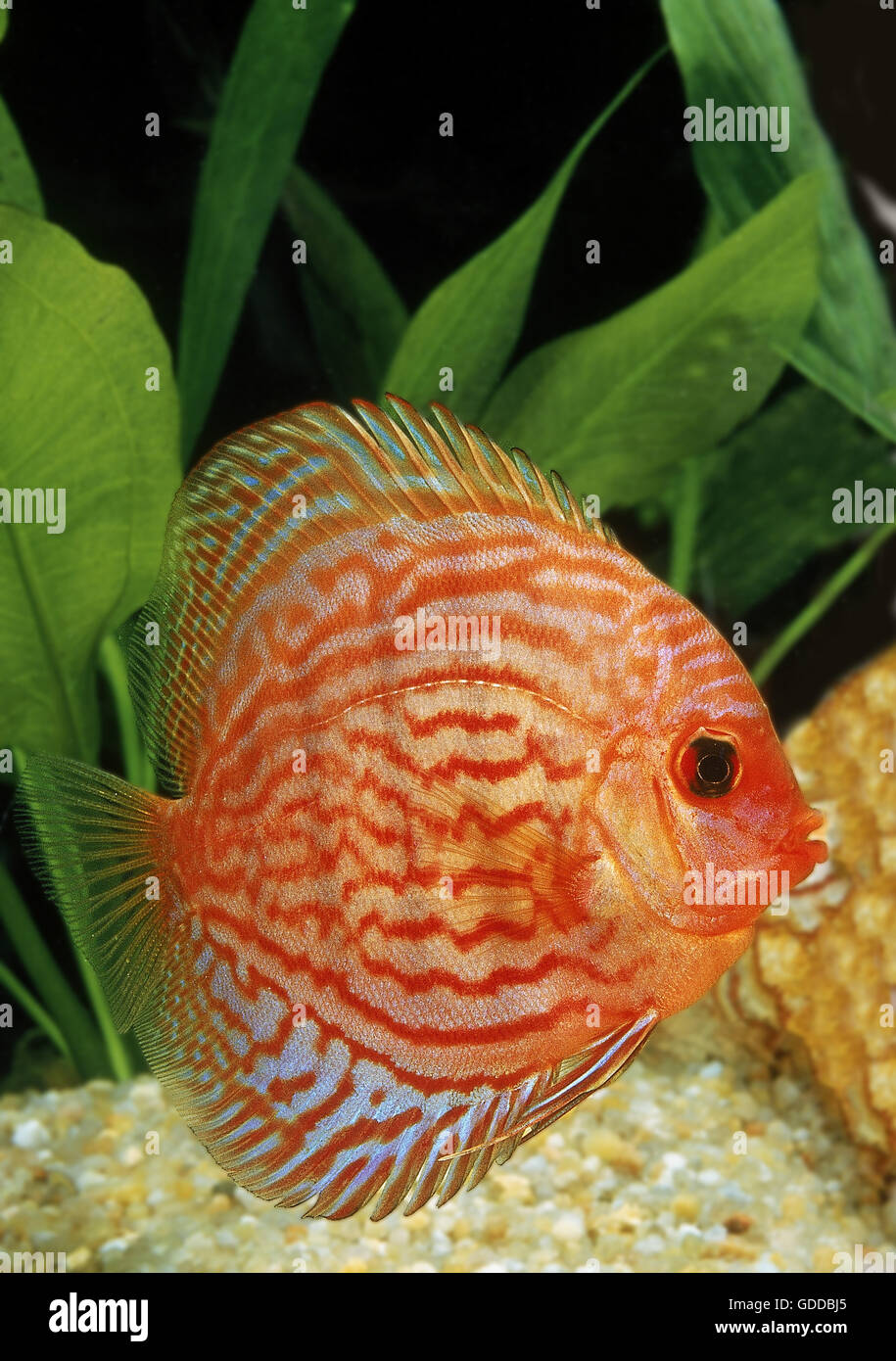

Smaller fish can also be fed 5-6 times a day for their growth, while adults are sufficient three times a day. It is advisable to add to these also feeds vitamin supplements, which are very important for the fish’s health. They will eat a broad range of foods from flakes, small pellets, frozen, and live worms, brine shrimp, but not always on the first attempt. Tankmates that eat the food that you want them to eat will encourage Discus to eat it also. Discus fish can be trained to accept almost any type of food readily. Water Conditions: 78-86° F, KH 1-3, pH 6.0-7.5įeeding is essential for having healthy and beautiful fish in your aquarium. For Pigeon Blood, if you plan on having a dark background as they will develop a dusting of black spots (peppering) as a result. These hence manifested in multiple locations thereafter. A stabilized ‘strain’ must produce 100% of the young identical to the parents, but many many individuals harboring the pigeon gene were shipped worldwide and the almost amelanistic gene was spread across the globe after Kitti exhibited the fish at Aquarama 1991. The true pigeon blood strain was never stabilized (it didn’t breed true). These individuals had the ‘pigeon blood’ phenotype from the father which included a lot of black spotting (peppering) on a pale orange / yellow base with noticeable yellow or occasionally red eyes. 50% of the initial breeding resulted in Red Turquoise individuals and the other 50% was the Striped Turquoise. Pigeon Blood Discus was a result of Striped Turquoise male originally from Schmidt-Focke lineage (this fish was unusual with a golden base, violet stripes, and black dusting ‘peppering’ all over). Removal of this dark peppering resulted in more vibrant coloration and allowed the base color to be accentuated against other, more aesthetic patterns. Some aquarists note that by raising young pigeon blood discus in a tank with very bright lighting, fewer black spots will be present in future generations. Most notably, through selective breeding, breeders were able to phase out the black peppering observed in Kitti’s original strains of pigeon blood. Over the years, the pigeon blood phenotype has become more and more refined through the use of selective breeding. Quality and new generation of Pigeon Blood Discus are red eyes, less black dusting, richer reds, more white on the body. Named for its blood red-colored eyes, the pigeon blood discus was named after rubies found inside the Mokok Mine in Myanmar. Created in 1991 by Thailand breeder “Kitti Phanaitthi” (Pigeon Bloods have a bright white, sometimes cream-colored body with bright red striations and, most notably, a solid black tail. Pigeon Blood Discus are a selectively bred or man-made species of Discus that typically have a creamy yellowish to the orange base color, highlighted by bright red eyes and trimmed off in black stripes and spots.


 0 kommentar(er)
0 kommentar(er)
